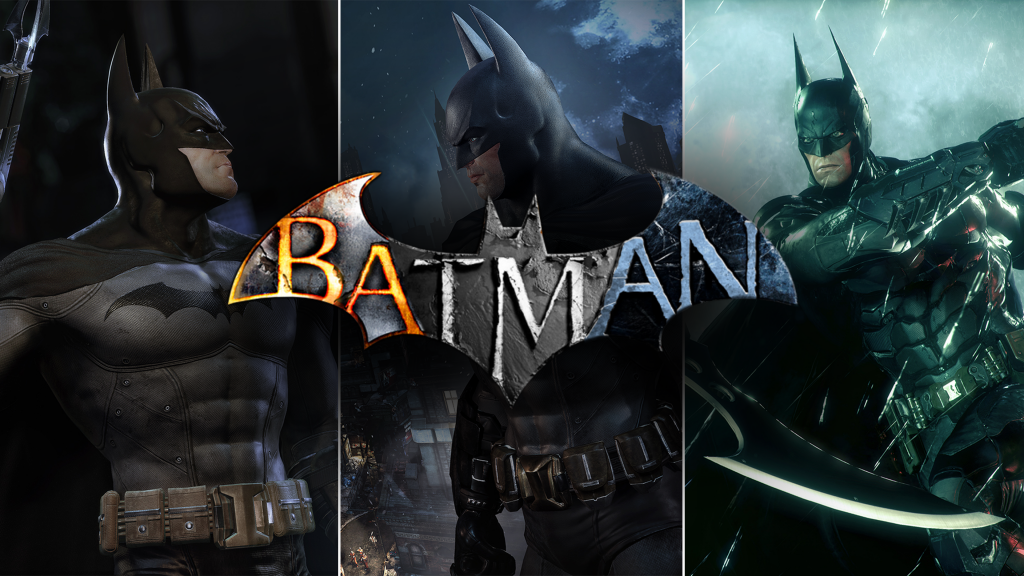
It has been over five years since the release of Batman: Arkham Knight, supposedly the final chapter in the Batman Arkham franchise from Rocksteady Studios, and nine years since Batman: Arkham City, what many consider to be the definitive entry in the franchise, come this October. DC Comics fans and gamers alike have supported the series for years now, ever since 2009’s Batman: Arkham Asylum, for the series’ dynamic, free-flow combat and predator system, gorgeous art direction, and intriguing storylines that took cues from other notable Batman releases: Batman: The Animated Series and Christopher Nolan’s The Dark Knight Trilogy. The Batman Arkham series has additionally spawned spin-offs from different developers (Batman: Arkham Origins from WB Games Montreal and Batman: Arkham Origins Blackgate from Armature Studios), a remaster for current-gen consoles (Batman: Return to Arkham from Virtuos Studios), a smaller-scaled VR release (Batman Arkham VR), and even an animated film set in the series’ rendition of the fictional Gotham world (Batman: Assault on Arkham). The legacy of the “Arkhamverse” has endured for nearly eleven years, and it is sure to continue to flourish as we approach the next console generation (Xbox Series X and PlayStation 5) this holiday.
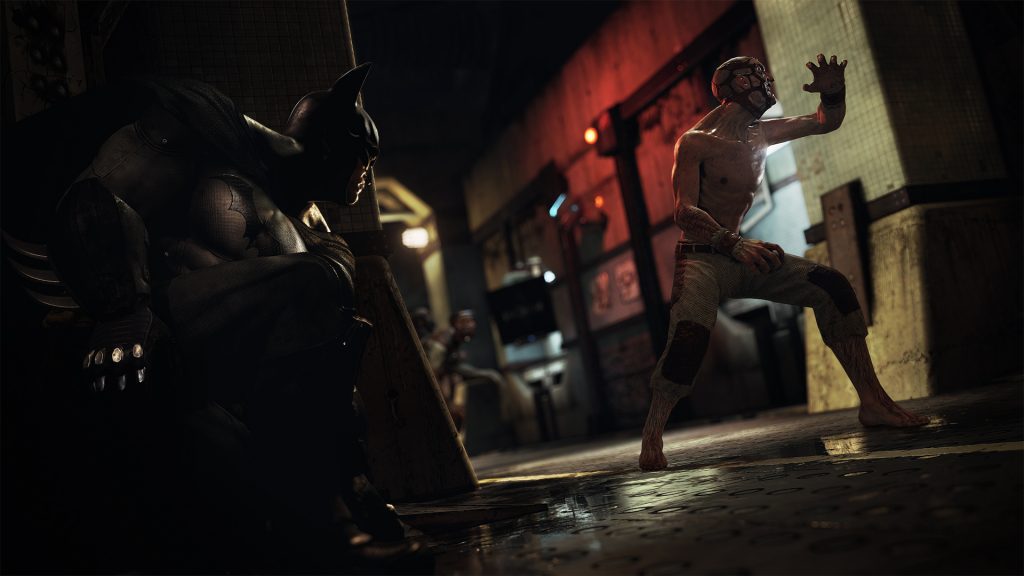
Before the release of Batman: Arkham Asylum in 2009, the superhero video game landscape’s reputation was barely a tenth that it is now. Many fans assumed that the game would stumble and face-plant critically and financially despite some mostly impressive showings at venues like E3. Speeding forward to August 25th, 2009 when the title was released on PlayStation 3 and Xbox 360 in the United States, gamers were pleasantly surprised by the rich world and fine-tuned mechanics that Rocksteady Studios had incorporated in only the second game of the studios’ history. Playing the game over on the hardest difficulty available for the single-player story campaign in 2020 still proved to be a thrillingly good time. Unlike many titles released today that emphasize flashy reflections and saturated color palettes, a trend that would even extend to the Unreal Engine 4 remaster of Arkham Asylum and Arkham City, the original release of Batman: Arkham Asylum features an art direction that places strong depth of field and stylized coloring at the forefront. Levels are tight and linearized with damp foliage sprinkled across the muddy floors. The gameplay mechanics still hold up, despite the choppy nature of this first rendition of the free-flow combat system, a quality that would extend to many other productions from WB Games. On top of that, a bombastic story from writer Paul Dini further elevated what was, at the time, the definitive Batman gaming experience. A sequel was clearly in demand, and Rocksteady made do on that expectation in 2011 with Batman: Arkham City.
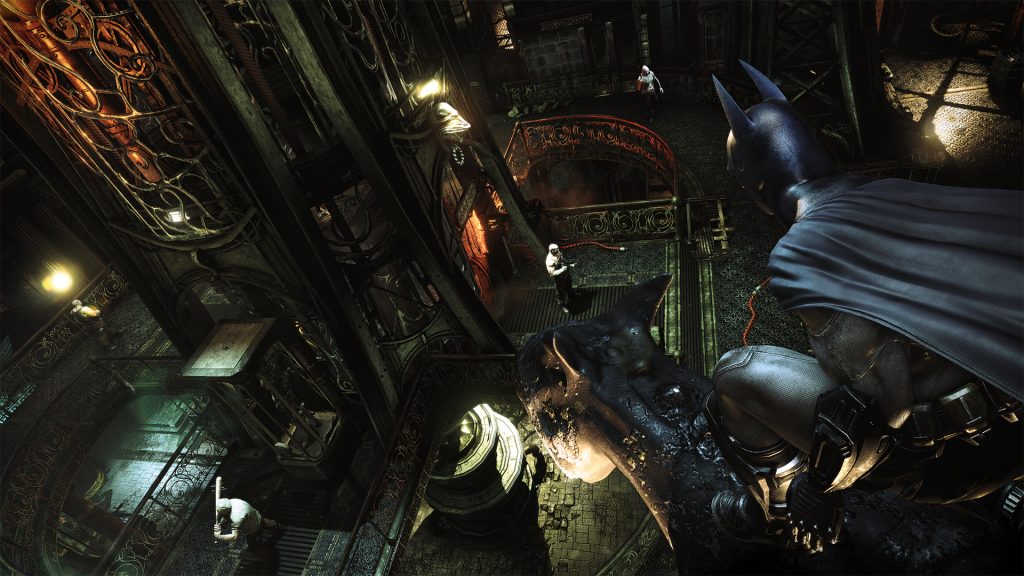
Arkham City took everything that made Arkham Asylum the resounding success it was but elevated it tenfold, supplementing the core single-player campaign with a meaty story DLC episode Harley Quinn’s Revenge, an expanded challenge mode, a dense open world, and side missions. This second installment in the Arkham series somehow holds up even better than Arkham Asylum in 2020. Before Marvel’s Spider-Man, the Insomniac Games exclusive on PlayStation 4, Batman: Arkham City was the best-selling superhero game of all time, thanks to outstanding critical acclaim. The title securely established Rocksteady as one of the best game development studios today, granting them the freedom and trust to create the third installment of the series however they wanted to and however long they wanted to.
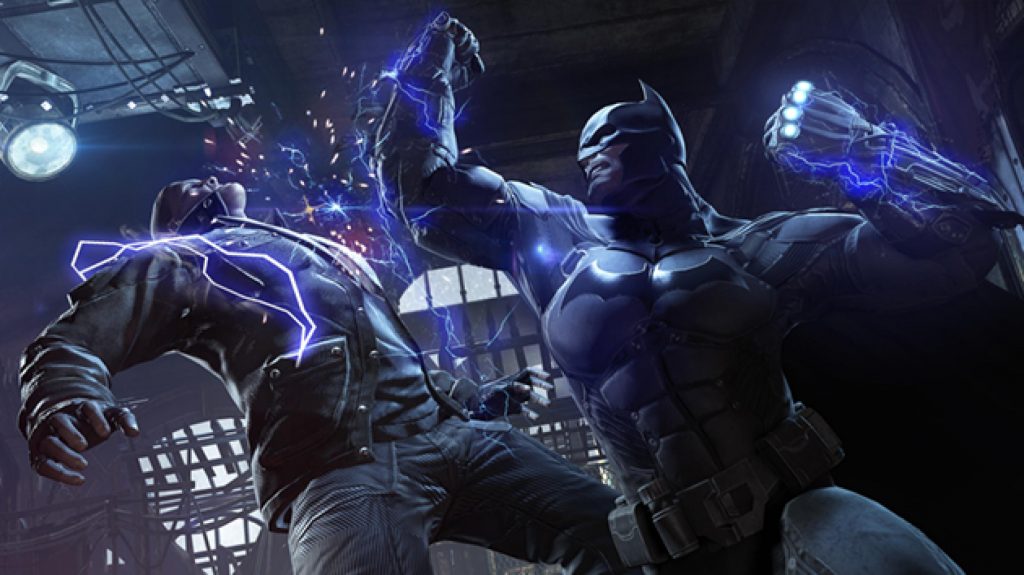
Two years after Arkham City though came the biggest curveball thrown by WB Games in the prequel Batman: Arkham Origins which recounts Bruce Wayne’s early years as the masked Caped Crusader. Instead of Rocksteady handling this project, however, newly minted studio WB Games Montreal took over the franchise, delivering an entry that refined the elements of its predecessor rather than overhauling them. The efforts resulted in a mixed, yet generally positive reception that fell short of the acclaim of the two Rocksteady titles. The handheld exclusive Batman: Arkham Origins Blackgate did little to regain the goodwill that Arkham Origins lost from the fanbase, as Armature Studios crafted a decent, but not spectacular title for the Nintendo 3DS and PlayStation Vita consoles. In other words, fans were not impressed with either of the two 2013 releases from the series, mostly out of disappointment that the true third entry of the franchise from Rocksteady was still out of sight.
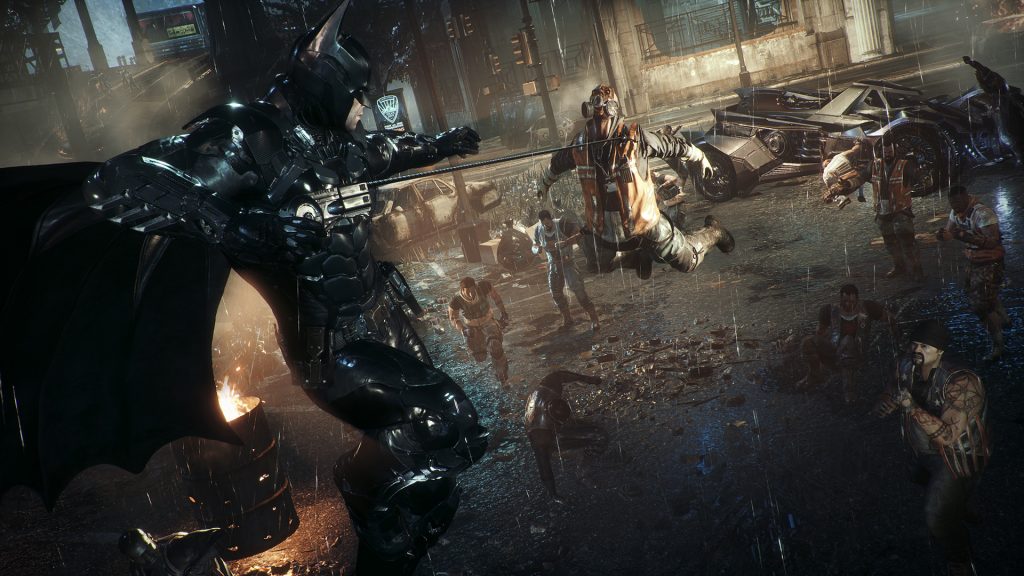
June 23rd, 2015. PlayStation 4, Xbox One, and PC. Batman: Arkham Knight finally released as the third and final installment to the “Arkhamverse.” The biggest mechanic introduced in the 2015 game was the Batmobile, single-handedly caused the largest controversy outside of a disastrous PC port. Critics were skeptics of the vehicle’s heavy usage throughout the game in levels and even the boss encounters. On the other hand, though, everything else Rocksteady developed for this epic conclusion to the series was praised as spectacular. Traversal through the fully-realized Gotham City felt better than before with an expanded grapnel accelerator option. Combat and stealth introduced new ways to take advantage of the environment through situational takedowns. The story was the longest out of any of the Arkham games and expanded on the emotional residue that tied the franchise together: the duality of Batman and his greatest foe: Joker. In my opinion, it is the best game in the entire franchise and a lasting testament to Rocksteady’s talent as a studio.



